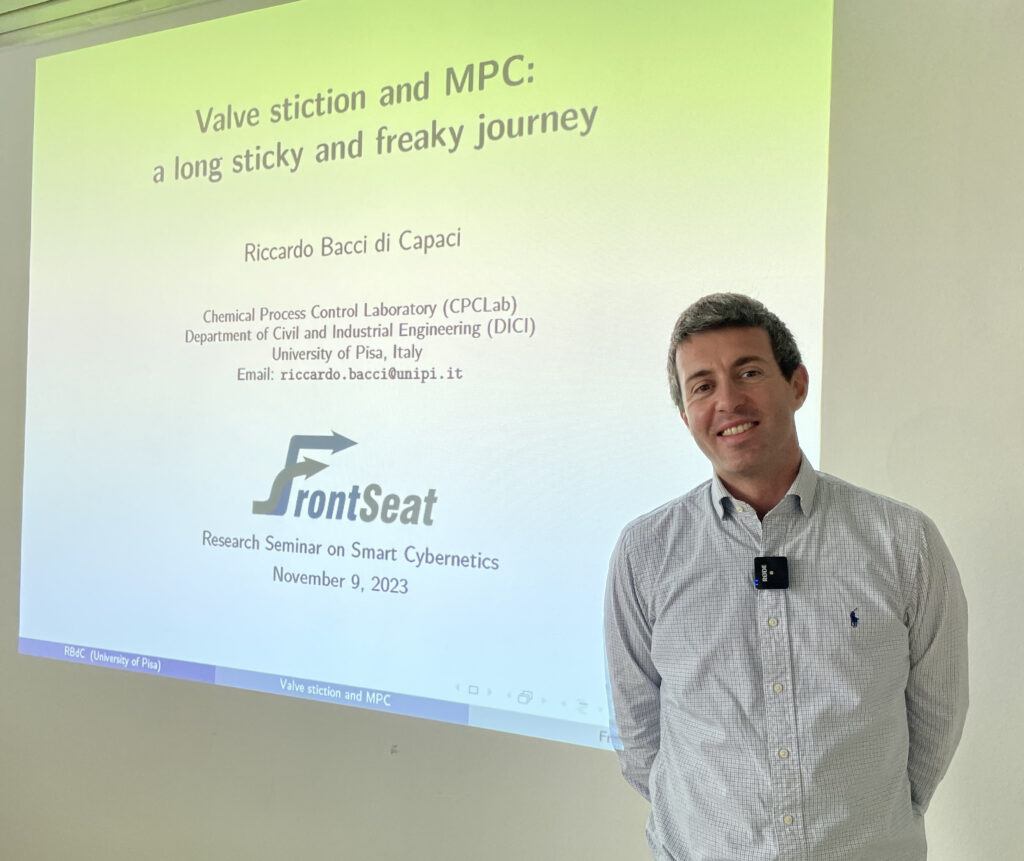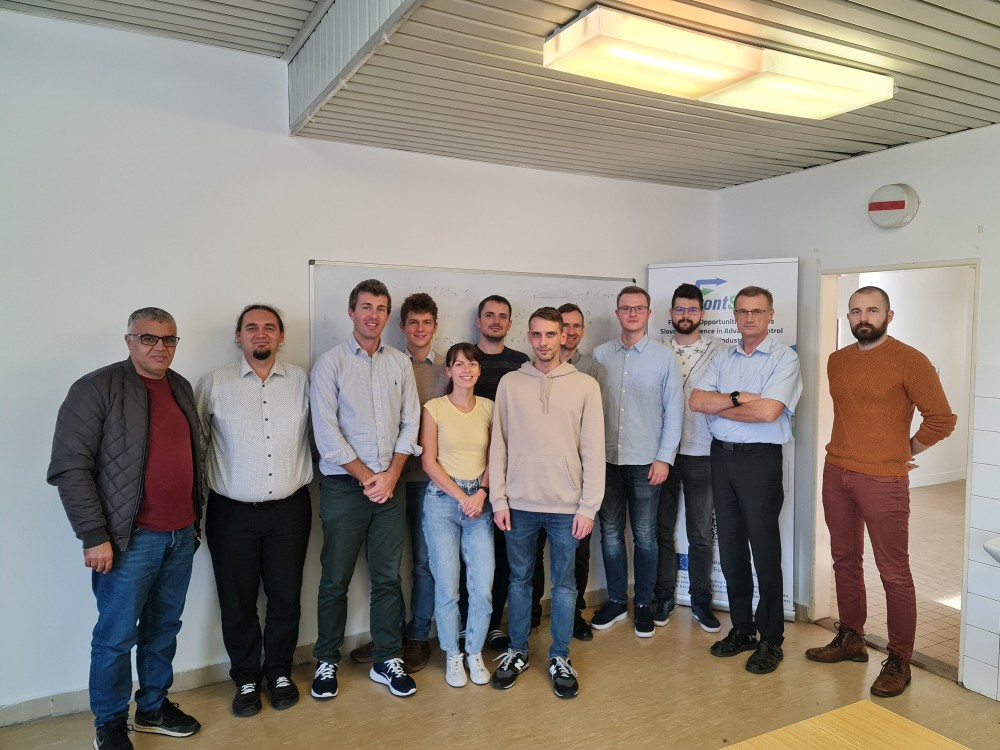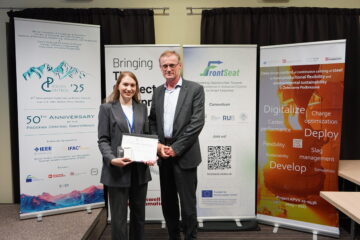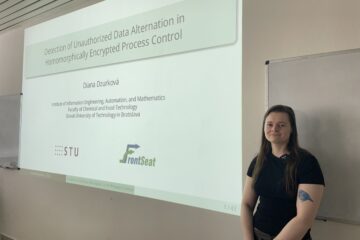On November 9, we organized a scientific seminar on “Valve Stiction and MPC: A Long Sticky and Freaky Journey“. The scientific seminar was led by Riccardo Bacci di Capaci, an assistant professor at the University of Pisa, Italy. The scientific seminar was organized in the framework of the FrontSeat project as part of the seminar series on “Research Seminar on Smart Cybernetics”.

Abstract:
A common source of poor control performance in industrial processes is represented by stiction in control valves, which often induces offset, oscillating behavior, and even loss of stability. Thus, non-invasive, reliable, and efficient methods that can detect, quantify, and finally compensate for this malfunction are highly desirable in the process industry. This talk aims to retrace my previous studies about solutions of model predictive controllers (MPC) facing the major issue of valve stiction. The basic idea is that by augmenting the process model with the (identified) valve dynamics, the controller is turned to a stiction embedding formulation that can remove fluctuations and guarantees good set-point tracking.
To this aim, three different formulations of MPC have been derived, analyzed, and compared: a fully unaware formulation, a stiction inversion controller, and a stiction embedding structure. These controllers were applied to SISO and MIMO systems under an extended Hammerstein framework, where valve stiction is the only (nonstatic) nonlinearity present in the control loop. A semi-physical model was first used for valve stiction dynamics, and the corresponding inverse model was derived and used within the stiction inversion controller. The well-established “two-move” stiction compensation method was revised and used as a warm-start to build a feasible trajectory for the MPC optimal control problem. Some appropriate choices of the objective functions and constraints were used to improve performance in set-point tracking. Using several numerical and simulation examples, the higher effectiveness of the stiction-aware MPC regulator was proved against the stiction-unaware and the stiction inversion counterparts. Finally, a novel smoothed stiction model was introduced to improve further and fasten the dynamic optimization module of the stiction embedding MPC. This smoothed model was also used within an optimization-based approach to estimate the valve stiction amount to design the stiction-embedding solution. Identification results were compared with a standard grid-search approach and other techniques of the literature.

This project has received funding from the European Union’s Horizon under grant no. 101079342 (Fostering Opportunities Towards Slovak Excellence in Advanced Control for Smart Industries).





1 Comment
Research visit from UNIPI at STU - FrontSeat · November 14, 2023 at 11:13 am
[…] Valve Stiction and MPC: A Long Sticky and Freaky Journey […]